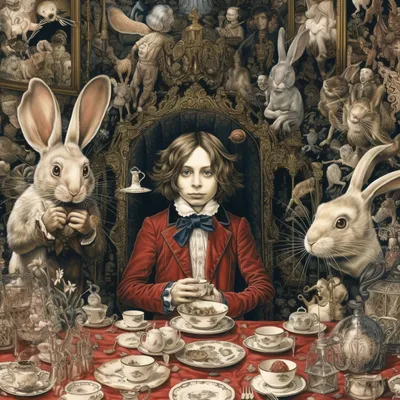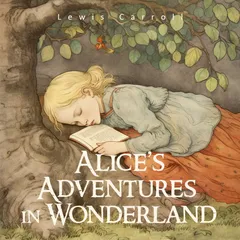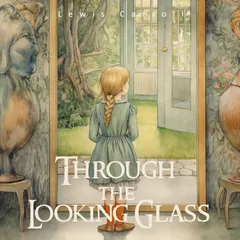Lewis Carroll
Lewis Carroll or Charles Lutwidge Dodgson, was a man of numerous distinctive talents. His name today may invoke imagery of bizarre tea parties, grinning Cheshire cats, and smoking caterpillars, but Carroll was far more than just the author of the remarkable “Alice's Adventures in Wonderland” and “Through the Looking-Glass.”
Born on January 27, 1832, in Daresbury, Cheshire, England, Carroll was the eldest boy amongst eleven siblings. He displayed an affinity for storytelling and puppetry from a tender age, enlivening the Dodgson household with entertaining stories and homemade magazines. Education played a key role in his upbringing, leading him to attend Rugby School and later Christ Church, Oxford, where he earned a first in Mathematics in 1854 and remained for the rest of his life. The quiet university town of Oxford, with its Gothic architecture and scholarly ambiance, fostered Carroll's intellectual and creative growth.
While lecturing in mathematics, he developed an unconventional hobby – photography, with a particular interest in photographing children. This unique hobby introduced him to Alice Liddell, the daughter of Henry George Liddell, the Dean of Christ Church. Alice's charm and curiosity inspired the whimsical universe that would captivate readers across the globe. Despite the fantastic elements in his stories, Carroll's deep-seated background in logic and mathematics often infiltrated his narrative, showcasing paradoxes and logical puzzles that delighted and challenged his readers. The mad tea party is a fantastic example of the Möbius strip concept, a surface with only one side and one boundary curve. His literature became a beacon of the nonsensical genre, pioneering a new wave of storytelling. His writing was witty, imaginative, and delightfully surreal, turning the Victorian ideals of children’s literature on its head. The "Alice" books' success spurred translations into numerous languages and adaptations into countless media forms, solidifying Carroll's legacy.
Aside from writing, Carroll was influenced by a diverse set of interests. He was a reader with a penchant for fantastical tales such as "Arabian Nights." He also found solace in nature and enjoyed long walks. His hobbies were not confined to intellectual pursuits alone; he was known to enjoy games like chess and croquet. Carroll was profoundly influenced by the intellectual climate of the Victorian era. He straddled the realms of science and art, demonstrating an awareness of the nascent debates on Darwinian evolution, and having friendships with pre-Raphaelite artists such as Dante Gabriel Rossetti.
Despite his international acclaim, Carroll remained somewhat of an enigma, known for his stammer and reserved nature, particularly in adult company. He preserved a childlike sense of wonder throughout his life and found joy in the simple pleasures of riddles and wordplay, often incorporating them into his letters to children. He died on January 14, 1898, but his extraordinary literary legacy remains. Carroll's life and work continue to be a rich source of scholarly inquiry, and his imaginative tales continue to inspire generations of readers. From the rabbit holes in Oxford to the imprinted pages worldwide, the fascinating life of Lewis Carroll attests to the enduring power of imagination and the timeless appeal of the surreal and the nonsensical.
Read more on Wikipedia


